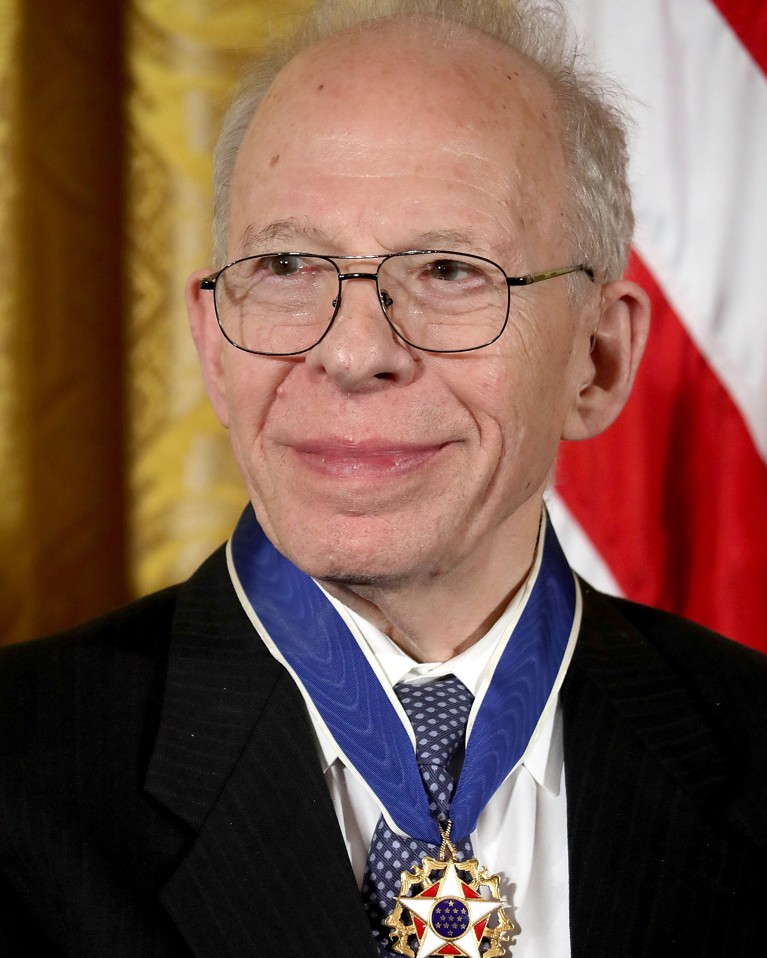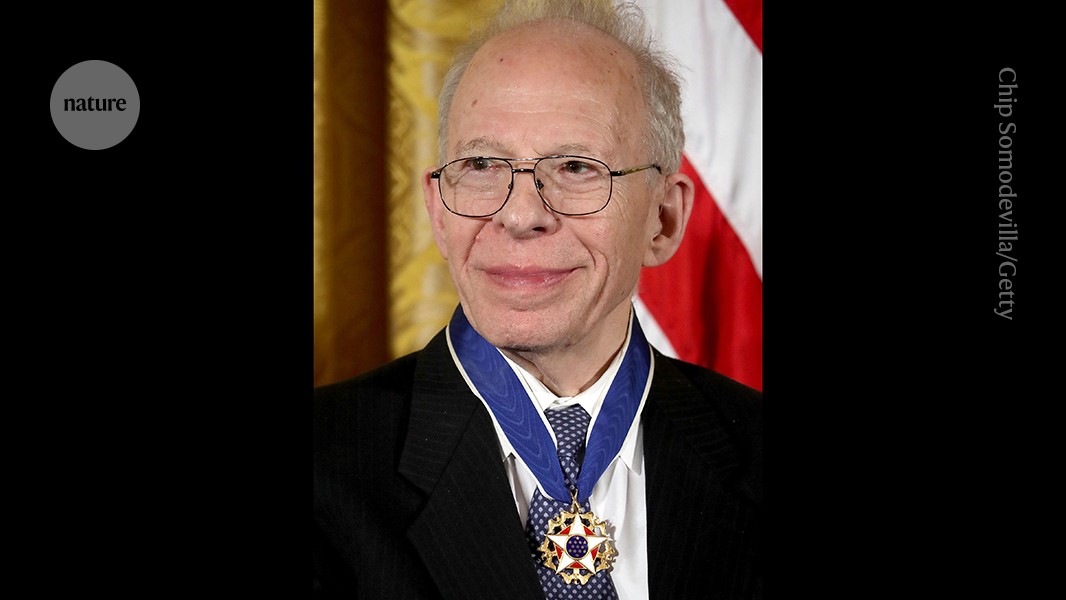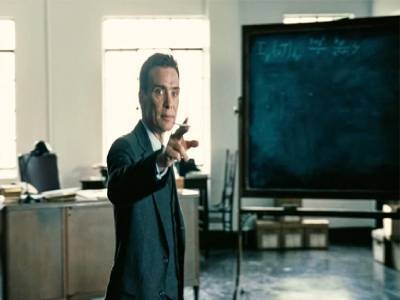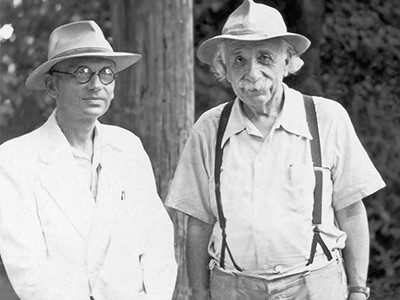
Credit: Chip Somodevilla/Getty
Richard Garwin was a particle physicist and inventor with a lifelong mission to nudge the US government towards rational, evidence-based decisions — on everything from control of nuclear weapons to spy satellites and health data. When he received the Presidential Medal of Freedom in 2016, the citation called him a polymath. Reportedly described by the Nobel-prizewinning nuclear physicist Enrico Fermi as “the only true genius I have ever met”, he also designed the first hydrogen bomb. He has died, aged 97.
Garwin was born in Cleveland, Ohio, in 1928. He got his PhD in 1949, working with Fermi at the University of Chicago in Illinois on β-decay in atomic nuclei — and building most of his own experimental equipment. He stayed on as a faculty member at Chicago but spent summers consulting at Los Alamos National Laboratory in New Mexico, the headquarters of the Manhattan Project that had developed the atomic bomb.
The science of Oppenheimer: meet the Oscar-winning movie’s specialist advisers
In 1951, the Los Alamos theoretical physicist Edward Teller asked for Garwin’s help developing the more powerful hydrogen bomb. Garwin’s blueprint became a device codenamed Mike, tested at Enewetak Atoll in the Pacific Ocean. After this, Garwin’s abiding focus became the control of nuclear weapons. For 70 years, he worked on every treaty to ban nuclear tests. He wrote innumerable papers and several books. He was active in international arms-control organizations such as the Pugwash Conferences on Science and World Affairs. He called the control of nuclear weapons “nothing less than the biggest deal in history”.
In 1952, Garwin left academic particle physics for a job at IBM in New York state, where he could do his own research. There, he brokered the application of the fast Fourier transform algorithm to image and sound processing. He invented accelerometers that protect dropped smart devices, and touch screens that recognize gestures. His inventions outside IBM included a platform for a floating airport (now used for oil rigs), a solar sail and a rotating barrel for washing mussels. He held 47 patents.
During the administration of US president Dwight D. Eisenhower, Garwin began advising the government on an astonishing range of programmes, many secret. For example, in 1953, he provided advice on networked radars to detect incoming Soviet bombers. He continued to advise every subsequent administration, whether they asked him to or not.
The spy who flunked it: Kurt Gödel’s forgotten part in the atom-bomb story
He served on the President’s Science Advisory Committee (PSAC) — a powerful, effective standing committee of scientists — for an unusual two terms, 1962–65 and 1969–72. In another role, he helped to convince national-security adviser Henry Kissinger that the Corona spy satellites, which dropped film canisters by parachute, could be improved by taking photographs using charge-coupled devices that could send images back in real time. For this and other classified work, in 2000, he was declared one of the ten founders of national reconnaissance by the National Reconnaissance Office. More recent work included the 1998 Rumsfeld Commission on missile defence, and ad hoc groups on the 2010 Deepwater Horizon oil spill and the 2011 nuclear meltdown at Fukushima in Japan.




